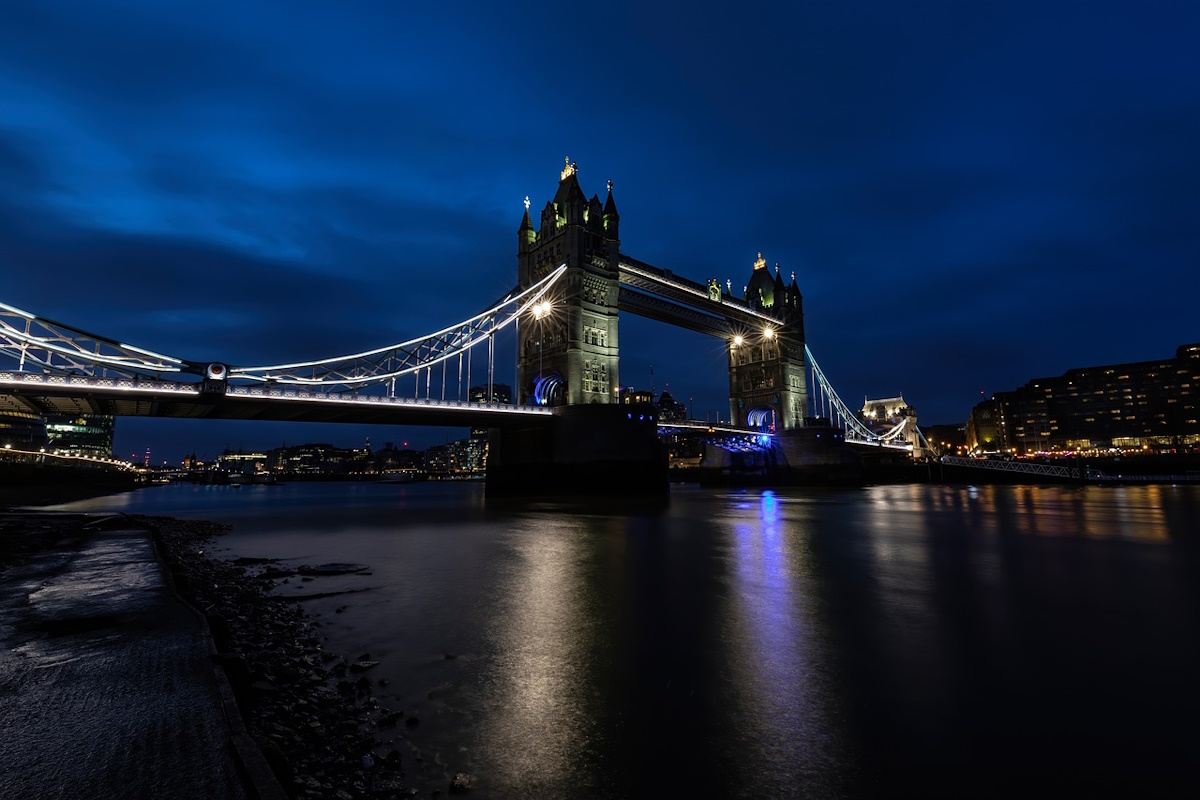Tower Bridge: A Marvel of Victorian Engineering

Tower Bridge, completed in 1894, is one of London's most recognizable landmarks and a true marvel of Victorian engineering. This combined bascule and suspension bridge crosses the River Thames close to the Tower of London, from which it takes its name.
Fascinating Facts about Tower Bridge
- Tower Bridge took eight years to build, from 1886 to 1894.
- The bridge's movable roadways, or bascules, can be raised to an angle of 86 degrees to allow river traffic to pass.
- Over 40,000 people use Tower Bridge every day.
- The original raising mechanism was powered by steam engines. Today, it uses electric motors.
- The high-level walkways between the towers were originally open to the public but were closed in 1910 due to lack of use. They reopened in 1982 as part of the Tower Bridge Exhibition.
- The bridge's blue and white color scheme dates from 1977 when it was repainted for Queen Elizabeth II's Silver Jubilee.
Architecture and Design
Tower Bridge's distinctive design is a combination of bascule and suspension bridge elements. The two bridge towers are tied together at the upper level by two horizontal walkways, designed to withstand the horizontal forces exerted by the suspended sections of the bridge. The bascule pivots and operating machinery are housed in the base of each tower.
Historical Significance
Tower Bridge was built to ease road traffic while maintaining river access to the busy Pool of London docks. Its construction was a major engineering feat in the Victorian era and it has since become an iconic symbol of London recognized worldwide.
Visit Tower Bridge
Address: Tower Bridge Road, London SE1 2UP, United Kingdom
Opening Hours: Summer (April - September): 10:00 AM - 6:00 PM, Winter (October - March): 9:30 AM - 5:30 PM
Admission: Adults £10.60, Children (5-15) £5.30, Under 5s Free
Plan Your Visit